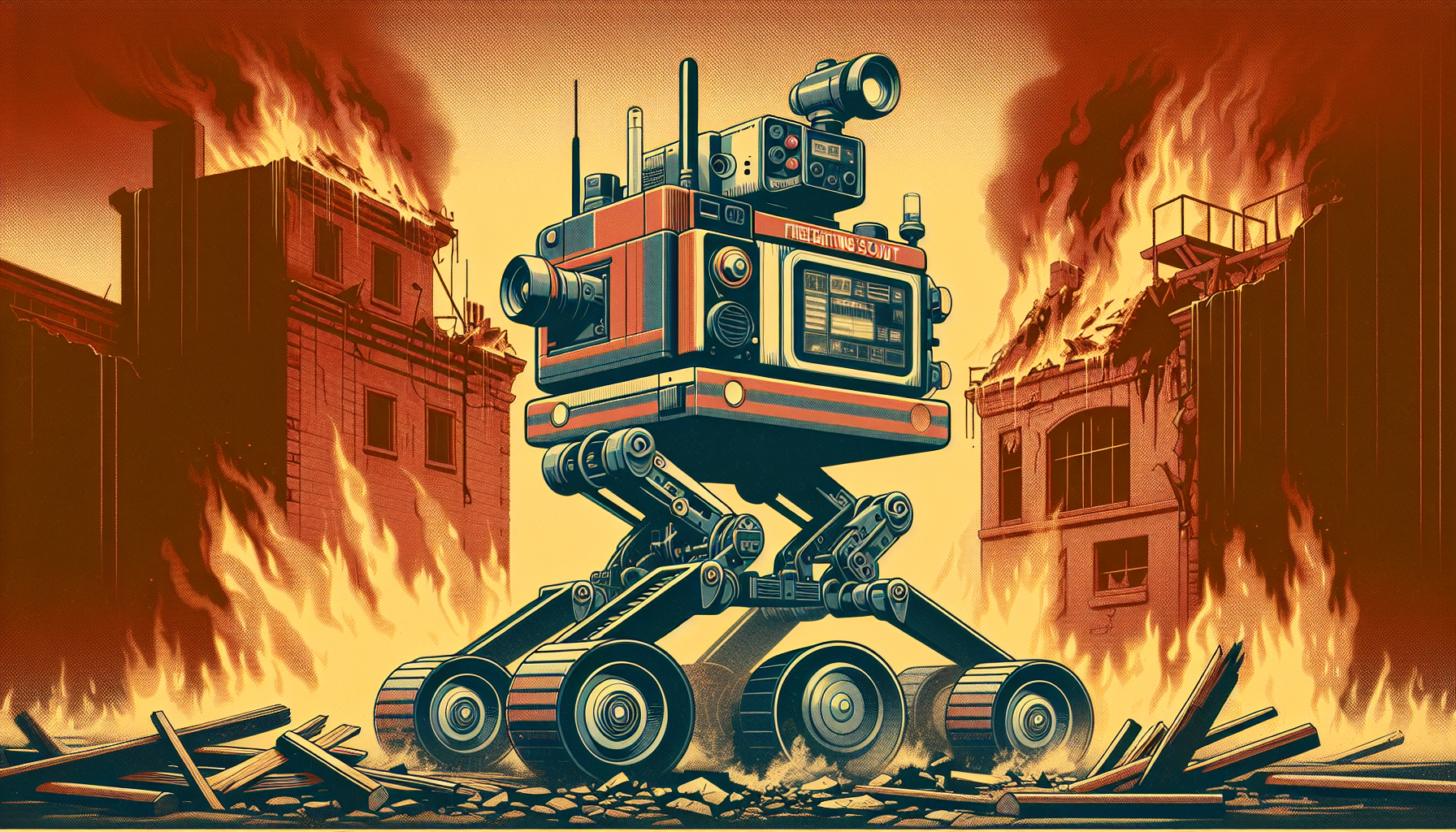Firefighting scout robots are reshaping how we respond to emergencies. Designed to venture where humans cannot, these machines combine advanced movement, powerful sensors, and protective features to keep people and property safer during disasters.
Breaking New Ground with Advanced Mobility
Many modern firefighting robots move in ways that go beyond ordinary wheels or tracks. Thanks to **wheeled-legged mobility**, these robots can climb stairs, cross rubble, and move swiftly across different surfaces. This unique combination lets them tackle challenges in urban areas or collapsed buildings—places where traditional robots or humans face great difficulty.
Robots from companies like **DEEP Robotics** showcase this power. They can climb slopes, walk over uneven ground, and even get around debris. This makes them valuable allies during fires, earthquakes, or other emergencies, reaching places quickly that might otherwise be out of reach.
Seeing Heat: The Power of Thermal Imaging
A fire is not always visible, especially when smoke fills a space or when fire hides behind walls. To address this, firefighting robots use **thermal cameras** that see heat instead of ordinary light. These cameras can spot hot spots, smoldering fires, or even trapped people—day or night, through thick smoke or darkness.
By detecting heat signatures early, these robots provide crucial information to firefighters. Early detection allows teams to act faster, contain fires sooner, and prevent further damage or loss of life. The visual data from these robots helps responders plan and stay safe.
Prepared for Danger: Explosion-Proof Robots
Certain emergencies, like those in chemical factories or fuel plants, present extreme risks. Some firefighting robots are built specifically for these situations with **explosion-proof** designs. The **RxR-MC80BD** robot from Topsky is one such example.
These specialized robots often feature:
- Automatic cooling systems to protect against high temperatures
- Gas detection sensors to signal dangerous leaks
- Reinforced frames to handle blasts or flying debris
They can enter environments that are too risky for humans, carry out inspections, and even fight fires directly—all while keeping operators safely at a distance.
Essential Features of Modern Scout Robots
- Versatile Movement: Can travel through stairwells, over debris, and across different surfaces using wheeled and legged mobility.
- Thermal Vision: Find hidden fires and survivors using advanced thermal cameras in all lighting conditions.
- Explosion Resistance: Work safely in areas with flammable gases or chemicals.
- Smart Sensors: Monitor air quality and detect toxic gases before they become a threat.
- Remote Operation: Controlled from a safe distance, keeping humans out of harm’s way.
Why Firefighting Scout Robots Matter
These robots are not just tools—they are life-saving partners. Their presence changes the way emergency teams work by:
- Speeding Up Response: Rapid entry into dangerous areas delivers vital information to responders sooner.
- Protecting People: Robots go where it is too dangerous for humans, acting as the first line in hazardous environments.
- Delivering Critical Data: Real-time video and sensor feeds support better decisions during chaotic situations.
Moving Forward
Firefighting scout robots represent a major step forward in disaster safety. By blending agile movement, sharp sensors, and tough construction, they help save lives and safeguard those who serve on the front lines. As technology continues to advance, these robots will no doubt play an even greater role, providing hope and protection in the moments they are needed most.

Leave a Reply